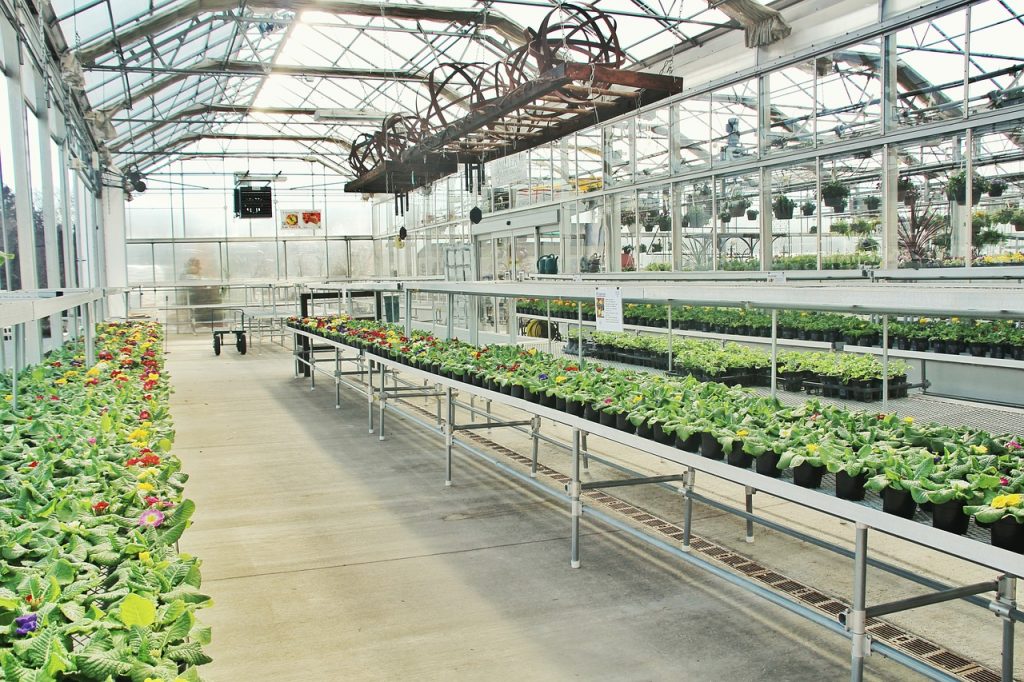Growing plants is an enjoyable hobby for any gardener. Today, gardeners depend on greenhouses more and more to protect and care for their growing treasures. To be able to provide your plants with optimal care, greenhouses allow you to achieve this goal successfully. Many gardeners recognize that greenhouses allow plants the opportunity to grow and thrive in a stable, protected environment. Plants can maximize their growth and development within supportive environments where sunlight, temperature, and humidity are highly regulated and controlled. It is important to know and understand how a greenhouse functions to care for your plants properly. Here are seven things you should know about how your greenhouse works:
1. Provide Stable Growing Conditions
Greenhouses provide stable environments that can be used all year round. They stay warm during cold climate conditions such as during the winter and can be cooled down during the summer with proper ventilation. They can also keep plants from losing water into the atmosphere and drying out.
2. Made of Glass or Plexiglass
Greenhouses are commonly made of glass or plexiglass. Glass and plexiglass allow sunlight to enter the greenhouse. A portion of the sunlight is converted into heat energy when it strikes the ground. This heat energy becomes trapped and raises the temperature inside the structure. The heat keeps the greenhouse warm throughout the day and into the night.
3. Maximize Growth & Development
Greenhouses maximize the growth and development of plants. By providing shelter and an optimal environment for plants to live in, plants will commonly grow faster and larger than plants growing outdoors. They benefit greatly from not being exposed to dramatic differences in temperature and humidity. In a stable environment, they are allowed to concentrate their energy on growth, development, and reproduction.
4. Trap in Moisture
Greenhouses allow moisture to become trapped within them. Water, a limited resource, is an important component of photosynthesis and is needed by plants to produce glucose. Glucose is a simple sugar produced by plants as a food source. Without water, plants will not grow and will wither and die. Greenhouses provide an environment where the air is kept moist and water is not lost into the atmosphere by transpiration of water vapor through pores in the leaves or evaporation of water from the soil.
Instead, plants are provided with an environment where the humidity or moisture in the air, is held constant. As a result, plants can be watered less frequently.
Ventilation and air flow can be controlled within a greenhouse. All plants need carbon dioxide to grow and excessive heat and moisture to escape. A well-ventilated greenhouse regulates these factors so plants can grow in a stable environment.
5. Protect Plants from Weather
Greenhouses protect the plants within them from extreme weather and climate changes. They keep excessive wind, rain, heat or cold weather from harming plants. Greenhouses provide safe environments where plants are not exposed to acts of nature and temperature extremes that can severely threaten them or cause them to die prematurely.
6. Useful for a Variety of Purposes
Greenhouses can be small or large and can be used for a variety of purposes. Gardeners can grow a variety of plants such as herbs, vegetables or flowers inside the greenhouse and transplant them later in an outdoor garden when the climate warms. Some gardeners keep their plants inside the greenhouse full time. Greenhouses are also used to grow produce which is then sold to markets. Gardeners can also choose the plants they want to grow and adjust the amount of sunlight, temperature, humidity, and ventilation.

